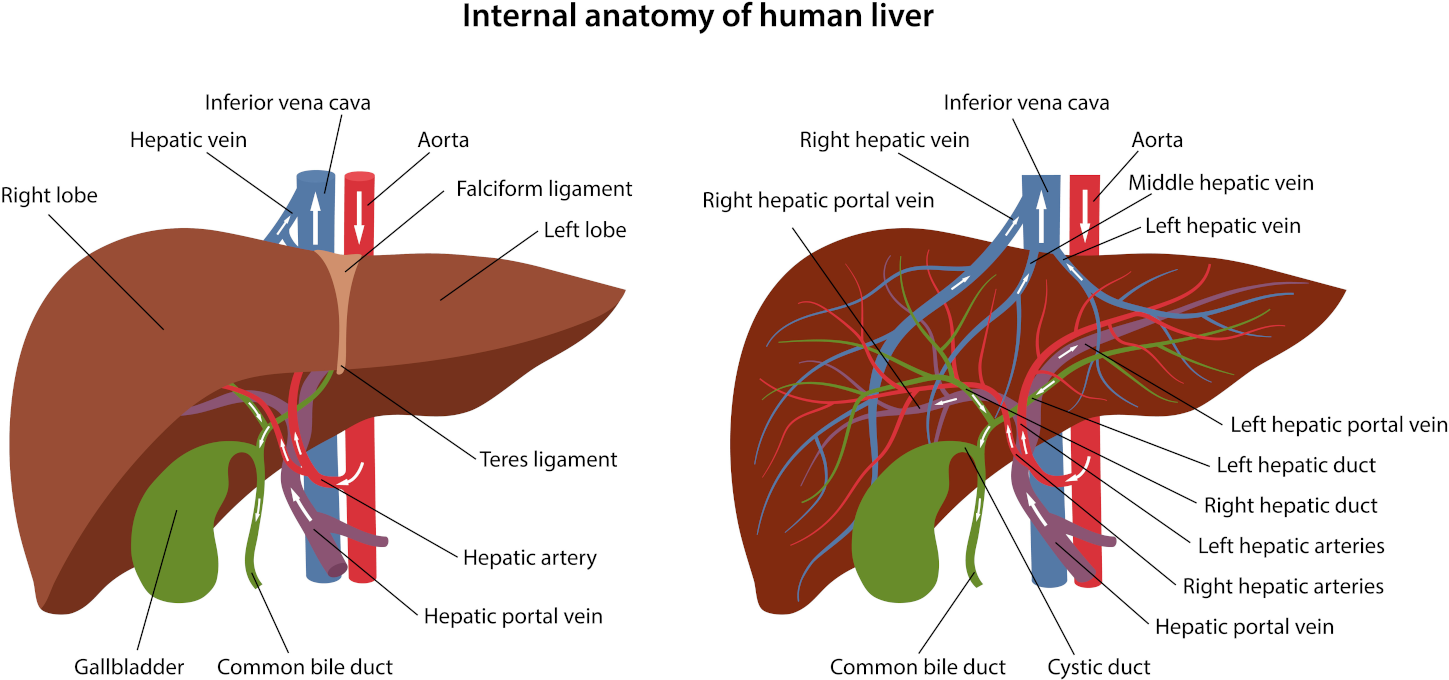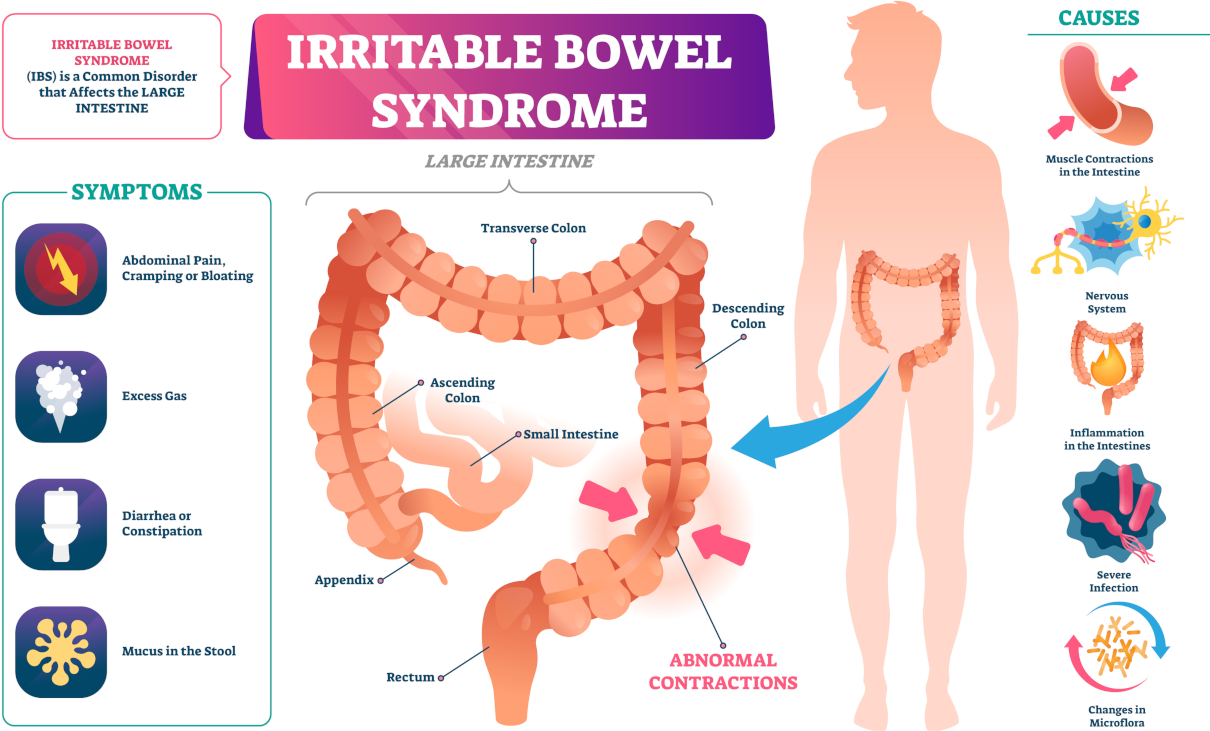Colonic Hydrotherapy in London: the benefits of the procedure
Comments 0 28th May 2018 Blog, General
Colonic hydrotherapy in London is a modern method of cleansing the intestines. In contemporary urban environments, many unfavourable factors directly affect people’s internal organs, especially the intestines.
Technologies
In the past, scientists noticed that most infections begin in the intestines. They first attempted to improve and purify the digestive tract using hollow enema canes or plant laxatives. In the 1920s, the first devices intended for washing and rinsing the intestines appeared in the USA, quickly gaining popularity despite their imperfections.
Colonic irrigation still has importance today, and modern technologies improve the general condition of the intestines and the body. It also gets rid of toxins and accumulated poisons.

Anti-candida Mini Detox – three colonics with bicarbonate of soda
The Anti-candida mini detox involves a concentrated series of three colonics infused with bicarbonate of soda, ideally scheduled once weekly. This regimen serves as a potent initiation into a detoxifying cleansing routine, setting the pace for rejuvenation.
What are the advantages of colonic hydrotherapy in London?
Colonic Hydrotherapy in London is a procedure aimed at cleansing the intestine with large amounts of liquid. Up to twenty litres of aqueous solutions are used during the process. Intestinal cleansing beneficially normalizes the condition of the large and small intestines, liver, and kidneys and has a powerful healing effect on the entire body.
Specialists perform the procedure in modern medical centres, SPA clinics, sanatoriums, and beauty salons. This popular treatment restores the functionality of the internal organs and digestive tract, strengthens the immune system, and relieves allergies, skin diseases, chronic fatigue, and other persistent sores.
Treatment
Many treatment fans say colonic hydrotherapy in London has the following advantages: The procedure improves the appearance of the skin. It becomes clear and acquires a healthy, radiant appearance, and prevents acne from reappearing. It stops constipation and removes extra weight. Your overall well-being improves and eliminates any discomfort in the previously present abdomen.
To set up a procedure program, the physicians approach each patient individually and prescribe the required number of treatments. They also consider the patient’s weight, state of health, and any presence of concomitant diseases.

Eight Points facelift with Dermal Fillers
Eight Points facelift treatment with dermal fillers lasts forty-five minutes. However, it is available only at our aesthetic medicine centre in Chiswick, London. Besides booking your treatment online, you may add an extra syringe to save fifty pounds on selected dermal fillers.











